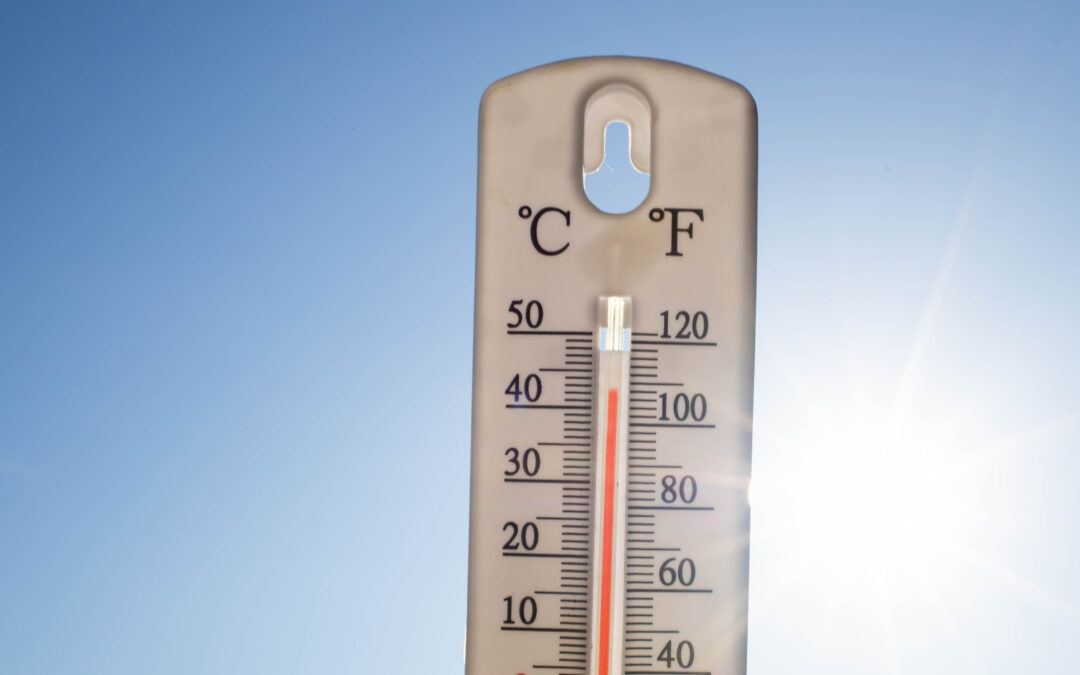As the summer brings higher temperatures, it’s crucial to stay vigilant about the risks of heat exhaustion, especially in the workplace. Whether you’re working outdoors or in a warm indoor environment, understanding the signs of heat exhaustion and knowing how to prevent it can make a significant difference in maintaining a safe and healthy work environment.
Identifying Heat Exhaustion
Heat exhaustion occurs when the body overheats and cannot cool down effectively. It can escalate quickly and lead to more severe conditions like heat stroke if not addressed promptly. Key symptoms to watch for include:
- Heavy Sweating: Excessive sweating is one of the first signs the body is struggling to maintain a normal temperature.
- Weakness or Fatigue: Feeling unusually tired or weak can indicate the body is overworked and overheated.
- Dizziness or Lightheadedness: A sensation of spinning or fainting can signal that the body’s cooling mechanisms are failing.
- Nausea or Vomiting: Feeling nauseous or vomiting can occur as the body overheats.
- Muscle Cramps: Painful cramps, especially in the legs, arms, or abdomen, are common symptoms of heat exhaustion.
- Pale, Clammy Skin: Pale skin that feels cool and moist can indicate that the body is having difficulty regulating its temperature.
- Rapid Heartbeat: An unusually fast heartbeat can indicate the body is under stress from
Preventing Heat Exhaustion
Preventing heat exhaustion involves proactive measures to keep the body cool and hydrated. Here are some essential tips:
- Stay Hydrated: Drink plenty of water throughout the day, even if you’re not thirsty. Avoid caffeinated or sugary drinks, as they can contribute to dehydration.
- Take Breaks: Schedule regular breaks in a cool, shaded, or air-conditioned area to allow your body to recover from heat exposure.
- Wear Appropriate Clothing: Choose lightweight, loose-fitting, and light-colored clothing that allows your body to breathe and stay cool.
- Use Fans or Ventilation: Ensure workspaces are well-ventilated. Use fans to increase airflow and reduce heat accumulation.
- Acclimate Gradually: Allow your body to adjust to the heat gradually, especially if you’re not used to working in high temperatures.
The Importance of Basic First Aid
Knowing basic first aid is crucial in managing heat exhaustion and other workplace emergencies. Quick and effective first aid can prevent minor issues from becoming major medical crises. Here’s why basic first aid knowledge is vital:
- Immediate Response: Quick first aid can stabilize an affected person until professional medical help arrives, potentially preventing further complications.
- Confidence in Crisis: Training empowers employees to act confidently and effectively during emergencies, reducing panic and improving outcomes.
- Legal and Ethical Responsibility: Employers have a responsibility to provide a safe working environment, which includes ensuring that employees are prepared to respond to emergencies.
- Building a Safety Culture: Promoting first aid training fosters a culture of safety and preparedness, enhancing overall workplace morale and trust.
Critical First Aid Steps for Heat Exhaustion
- Move to a Cooler Place: Immediately take the affected person to a cool, shaded area.
- Hydrate: Provide water or a sports drink to help rehydrate. Avoid caffeine and alcohol.
- Cool the Body: Use a wet cloth, fans, or a cool shower to lower body temperature.
- Loosen Clothing: Remove any tight or unnecessary clothing to help the body cool down.
- Monitor Condition: Keep a close watch on the person’s symptoms. If there is no improvement or the condition worsens, seek medical assistance immediately.
Conclusion
As temperatures rise, staying informed and prepared is essential for preventing heat exhaustion in the workplace. By recognizing the symptoms, implementing preventive measures, and ensuring everyone knows basic first aid, we can create a safer and healthier environment for all employees. Stay cool, stay hydrated, and stay safe this summer!
https://www.cdc.gov/disasters/extremeheat/warning.html
https://www.webmd.com/fitness-exercise/heat-exhaustion
https://co.grand.co.us/DocumentCenter/View/555/Basic-First-Aid-Student-Handbook?bidId=
https://www.firstaidforfree.com/
https://www.verywellhealth.com/basic-first-aid-procedures-1298578

